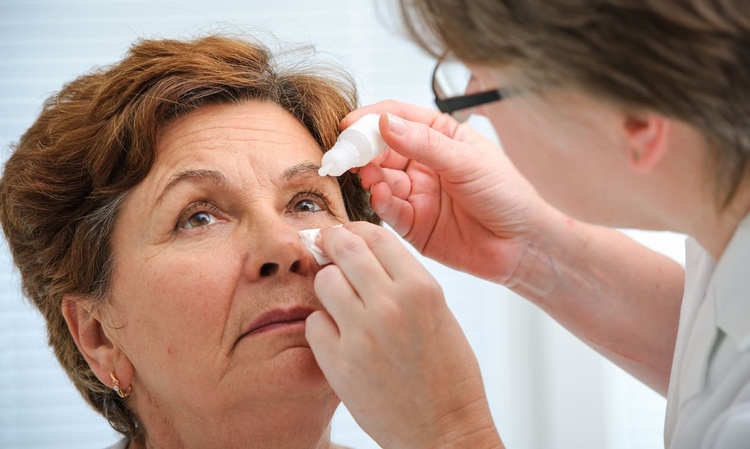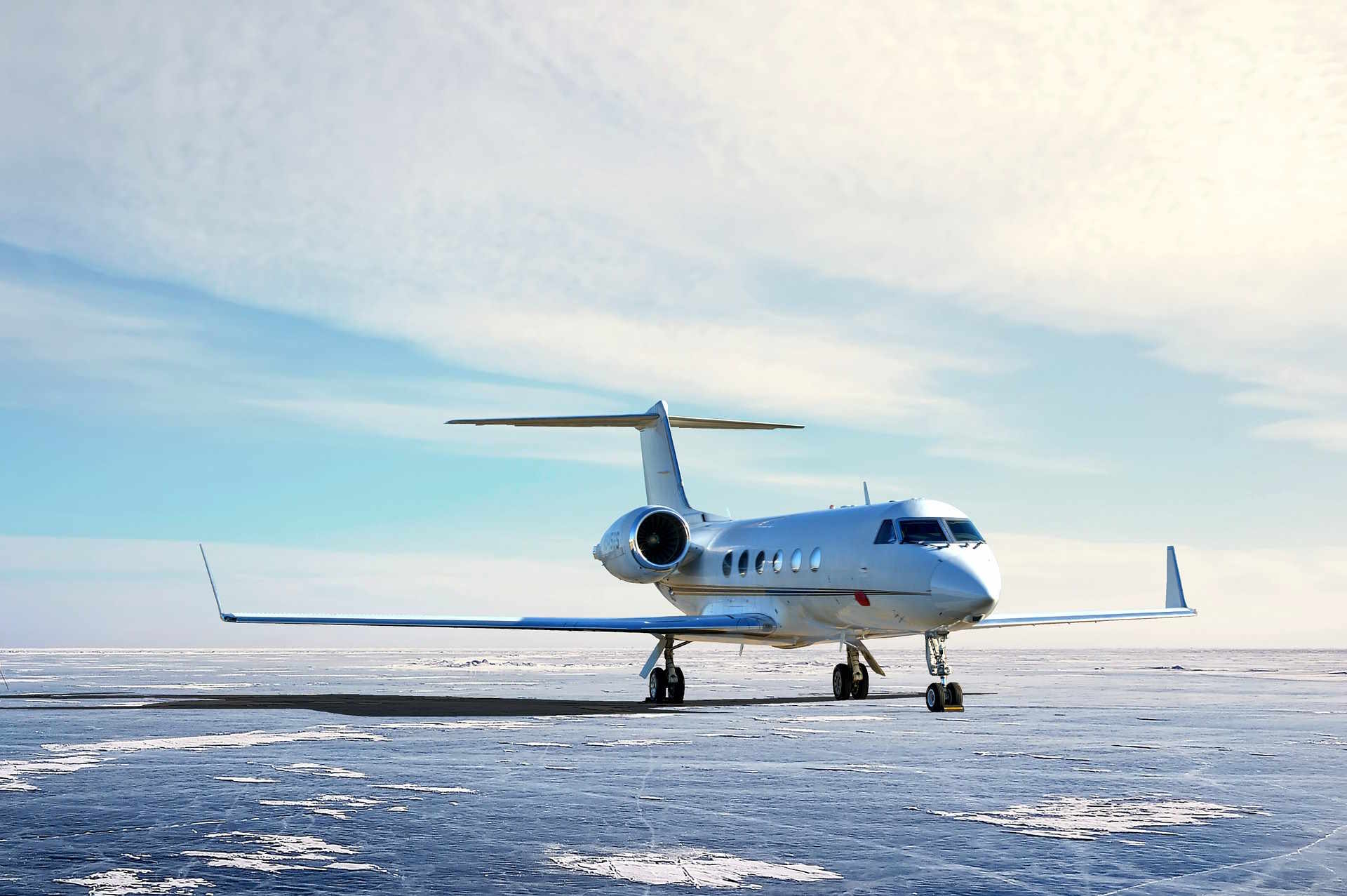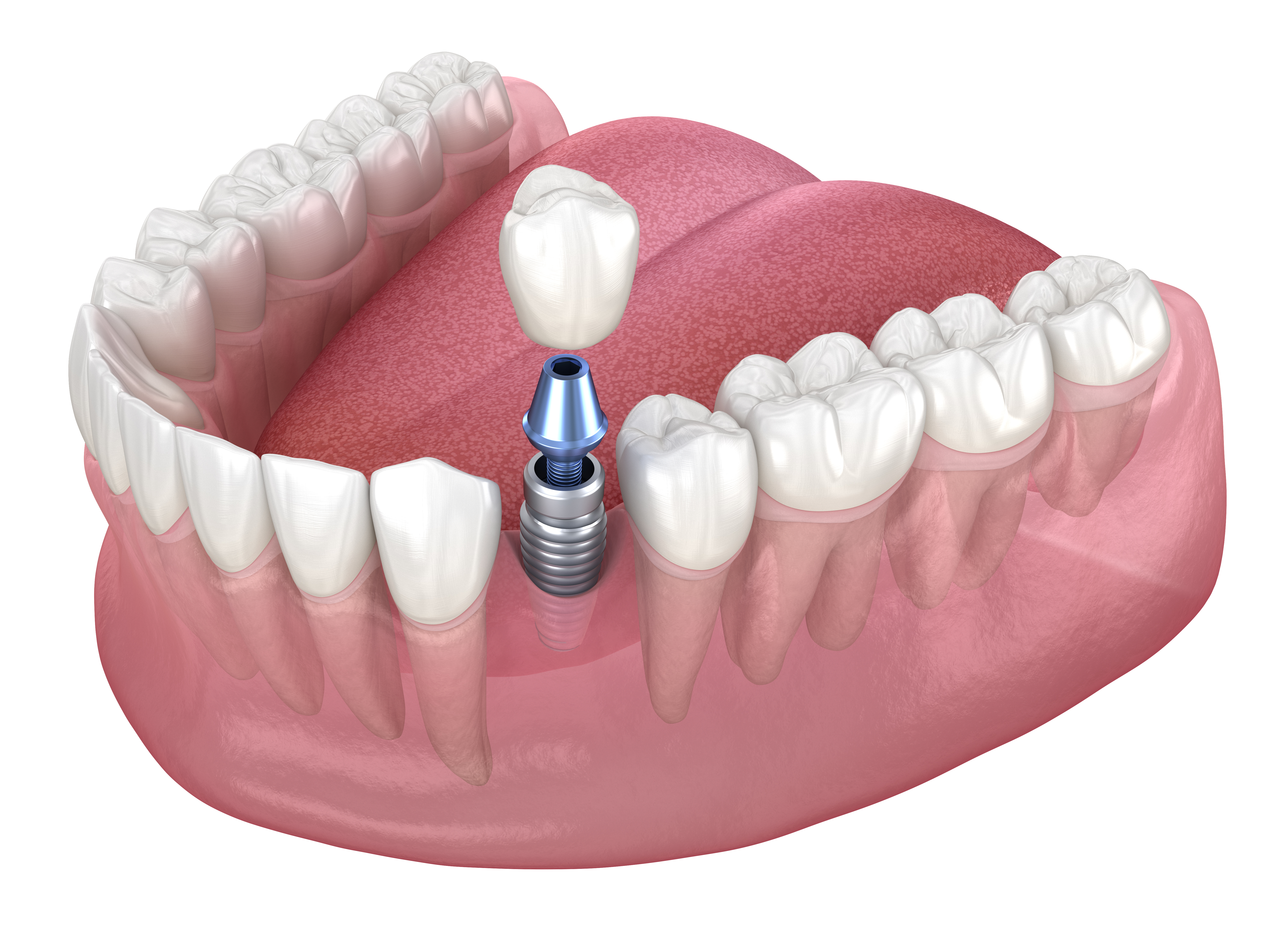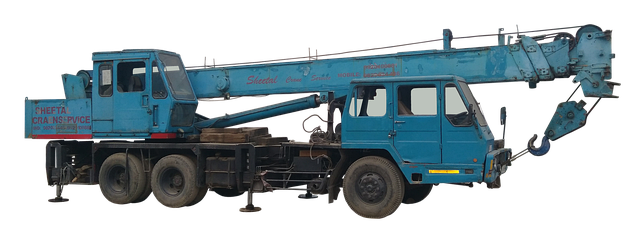An Overview Of Tardive Dyskinesia in Adults and the Elderly
Tardive dyskinesia (TD) is a serious neurological condition characterized by involuntary, repetitive movements that typically affect the face, mouth, and tongue, though it can also impact other body parts. This condition most commonly develops as a side effect of long-term use of certain medications, particularly antipsychotic drugs. Understanding its causes, symptoms, and treatment options is crucial for both patients and caregivers.

What Causes Tardive Dyskinesia?
Tardive dyskinesia primarily occurs as a result of prolonged exposure to dopamine receptor blocking agents (DRBAs), most commonly antipsychotic medications. These medications are often prescribed to treat conditions such as schizophrenia, bipolar disorder, and severe depression. The risk of developing TD increases with the duration of medication use and is particularly high in elderly patients and those taking first-generation (typical) antipsychotics.
What Are the Early Signs of Tardive Dyskinesia?
The initial symptoms of tardive dyskinesia often begin subtly and may progress gradually. Common early signs include:
-
Repetitive, involuntary movements of the tongue, lips, and jaw
-
Grimacing or facial tics
-
Rapid blinking
-
Finger movements or hand gestures
-
Rocking or swaying movements of the trunk
These movements may initially be mild and intermittent but can become more pronounced over time.
How Is Tardive Dyskinesia Diagnosed?
Diagnosis typically involves a thorough medical evaluation and the use of standardized rating scales, such as the Abnormal Involuntary Movement Scale (AIMS). Healthcare providers will review the patient’s medical history, particularly their use of antipsychotic medications, and conduct a physical examination to assess the presence and severity of involuntary movements.
Which Treatment Options Are Available for Tardive Dyskinesia?
Several treatment approaches exist for managing tardive dyskinesia:
- VMAT2 Inhibitors
-
Valbenazine
-
Deutetrabenazine
These FDA-approved medications specifically target TD symptoms by regulating dopamine release in the brain.
- Medication Adjustments
-
Gradual reduction of causative medications (when possible)
-
Switching to newer antipsychotics with lower TD risk
What Are the Latest Advances in TD Management?
Recent developments in tardive dyskinesia treatment have focused on prevention and early intervention. Healthcare providers now emphasize regular screening for TD symptoms in patients taking antipsychotic medications. Additionally, newer antipsychotic medications with reduced risk profiles are becoming more widely prescribed.
What Are the Current Treatment Costs and Options?
| Treatment Option | Average Monthly Cost | Insurance Coverage |
|---|---|---|
| Valbenazine | $6,000-$7,500 | Often covered with prior authorization |
| Deutetrabenazine | $5,500-$7,000 | Typically covered with requirements |
| Generic Alternatives | $200-$1,000 | Usually covered |
Prices, rates, or cost estimates mentioned in this article are based on the latest available information but may change over time. Independent research is advised before making financial decisions.
The management of tardive dyskinesia requires ongoing monitoring and adjustment of treatment strategies. While newer medications have shown promising results in controlling symptoms, the focus remains on prevention through careful medication management and regular screening. Patients should work closely with their healthcare providers to develop an individualized treatment plan that considers both effectiveness and affordability.
This article is for informational purposes only and should not be considered medical advice. Please consult a qualified healthcare professional for personalized guidance and treatment.




